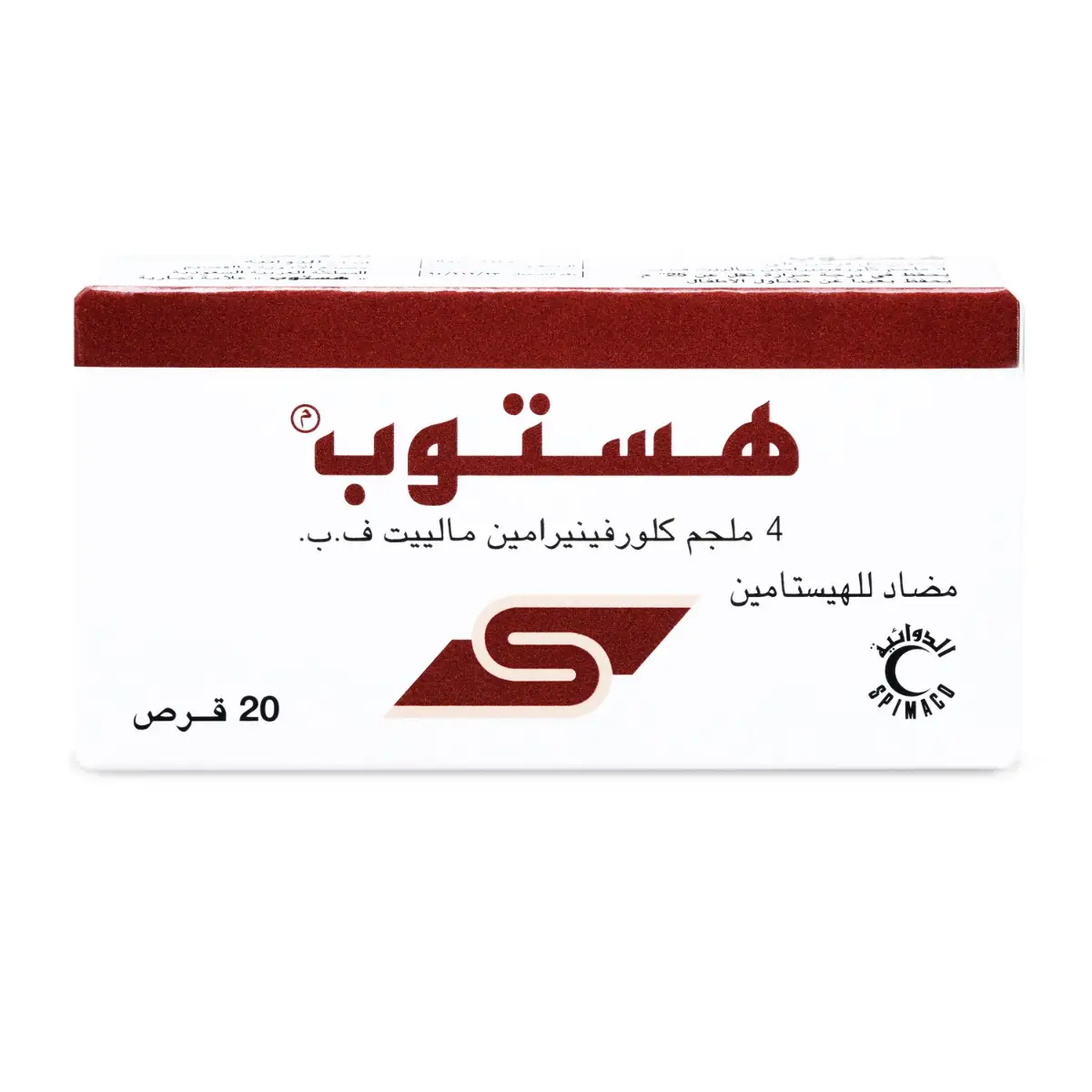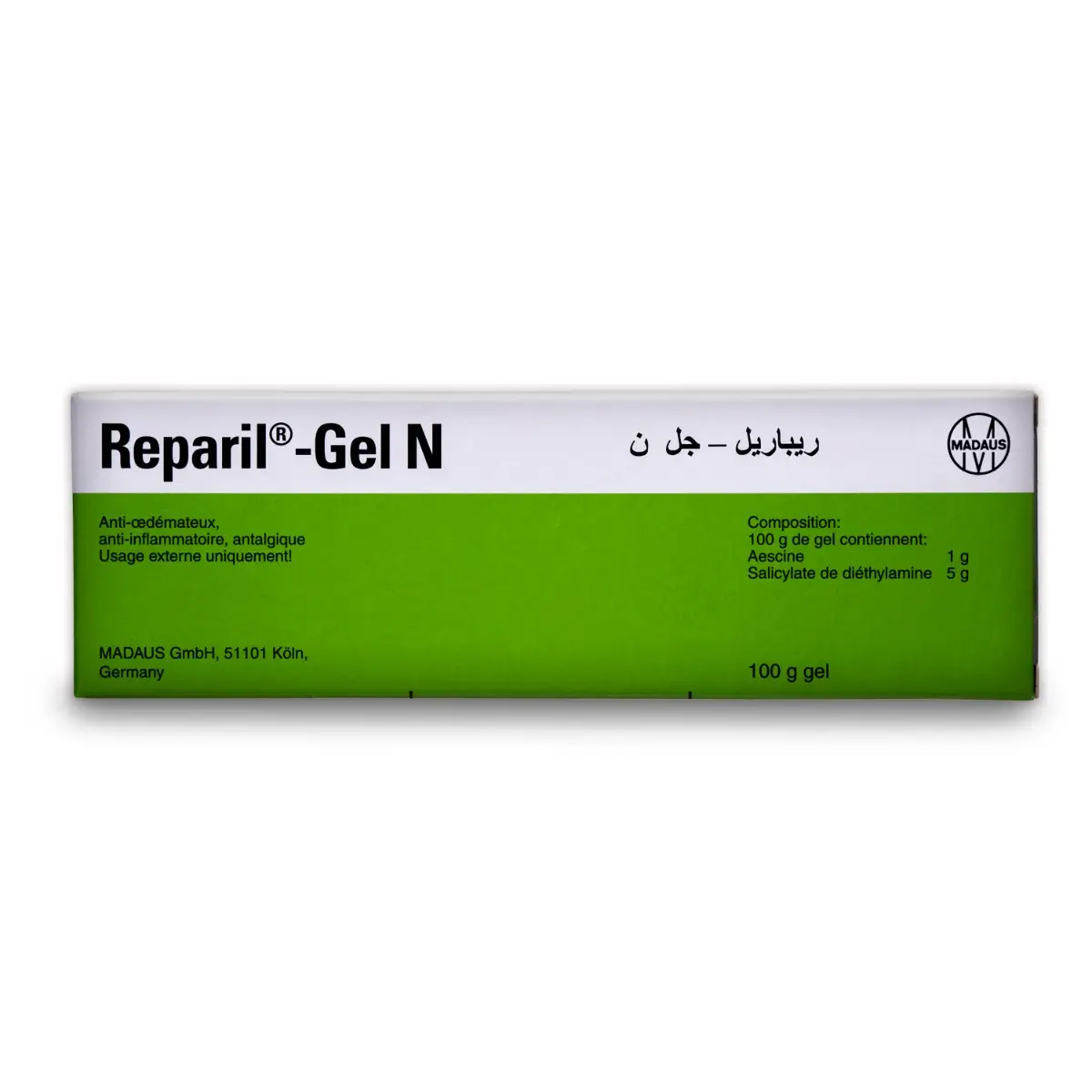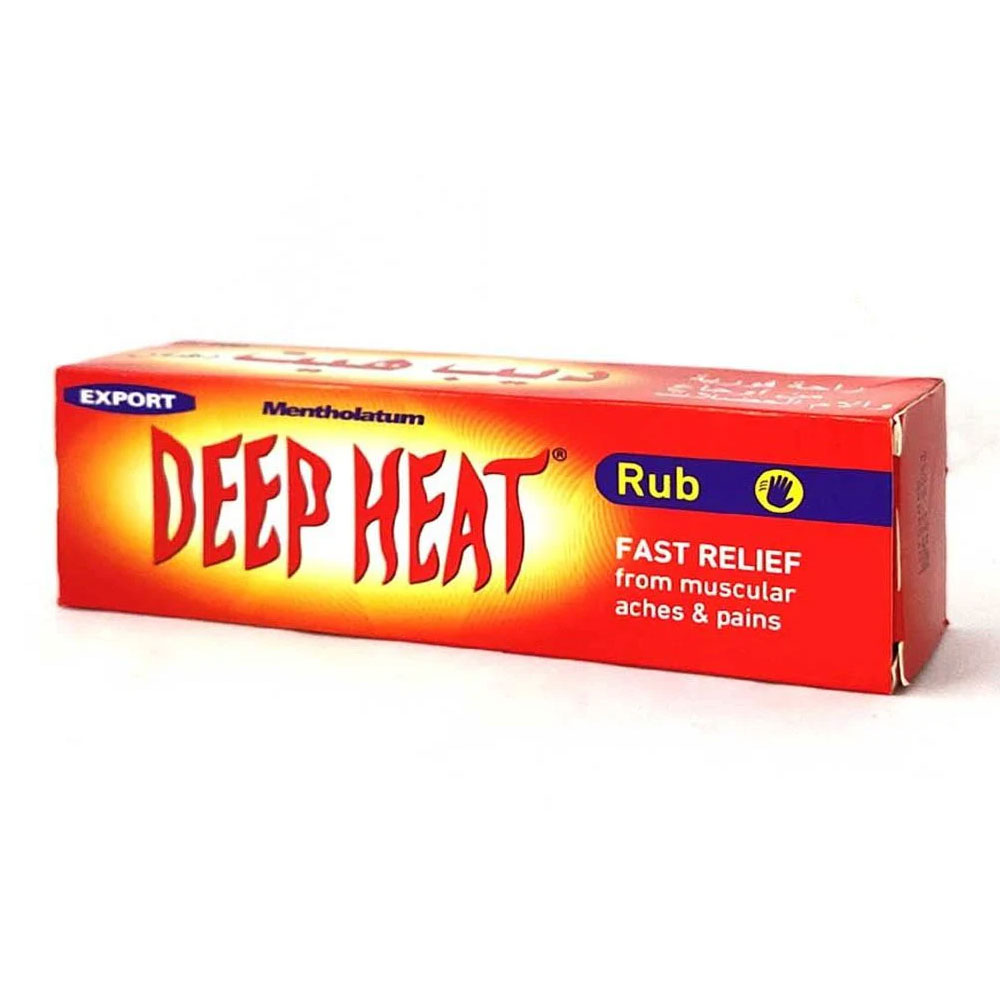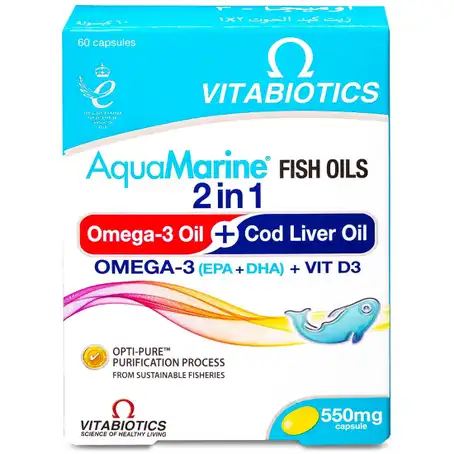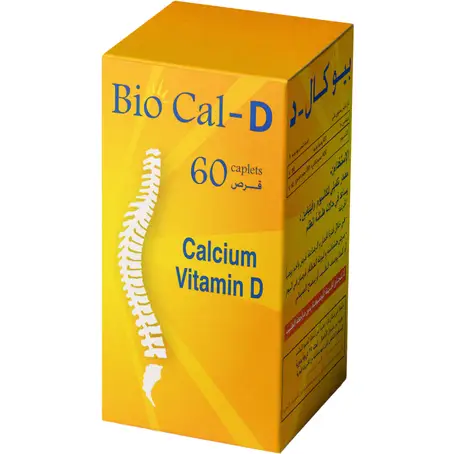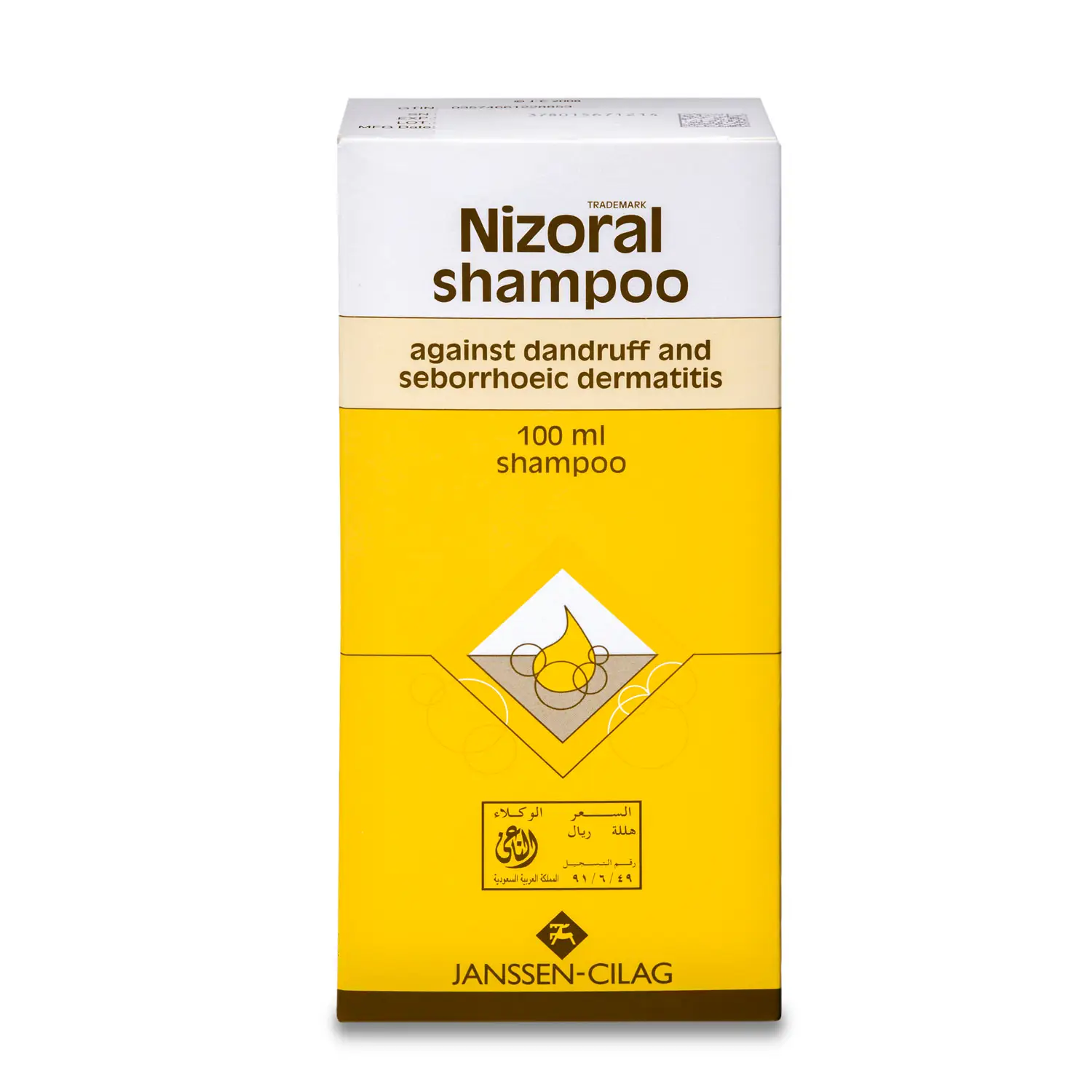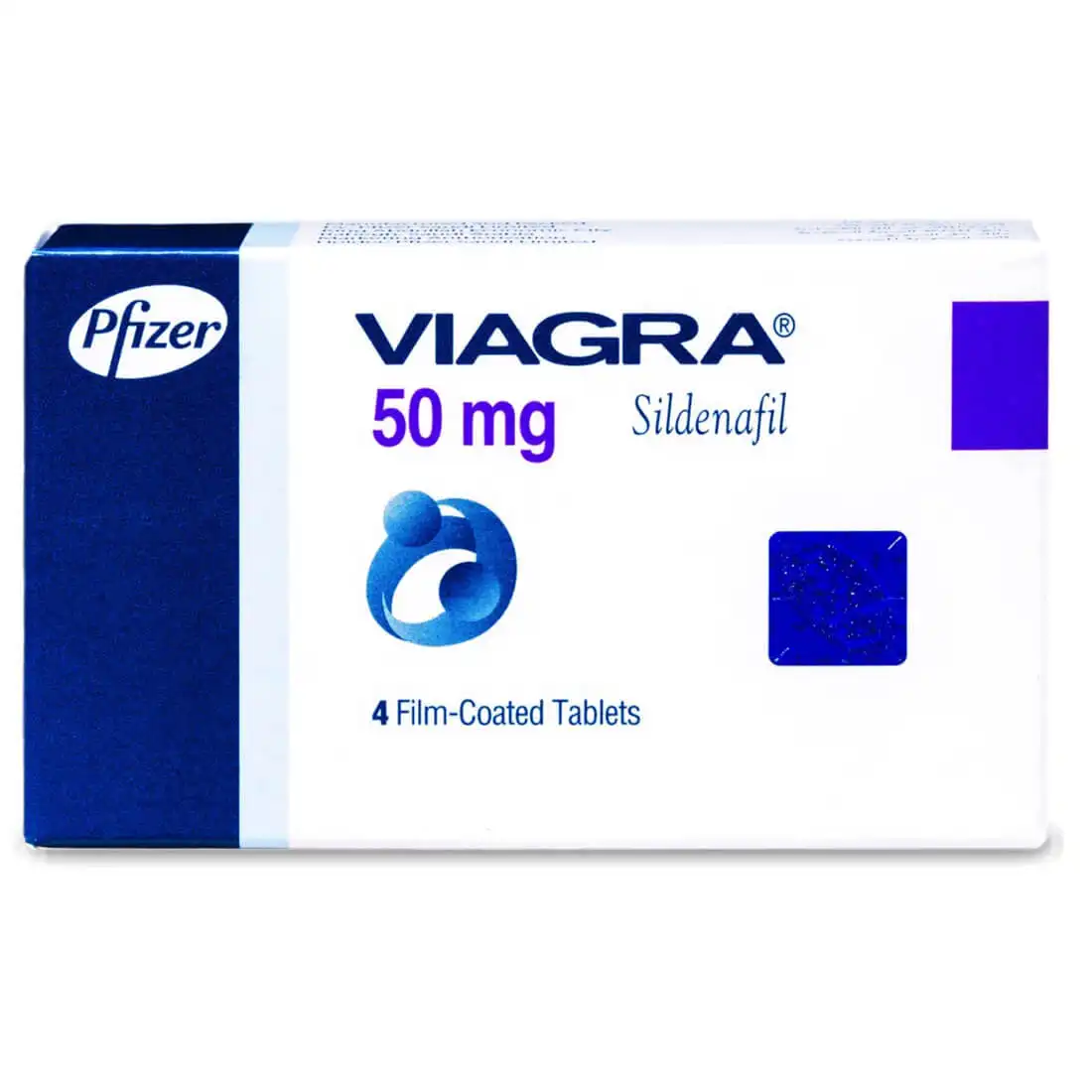Product Description:
What is Paracetamol /Chlorpheniramine maleate /Pseudoephedrine Hydrochloride /Caffeine anhydrous and what is it used for
This
product consists of four active ingredients: paracetamol,
chlorpheniramine maleate, pseudoephedrine hydrochloride and caffeine.
Paracetamol is a medication that belongs to a class of medications known
as analgesics (pain relievers) and antipyretics (fever reducers).
Chlorpheniramine is an antihistamine that acts by decreasing the effects
of histamine in your body and therefore helps in relieving allergy
signs and symptoms, like, sneezing, watery eyes, itching, and runny
nose. Pseudoephedrine is a medication that belongs to a class of
medicines known as “decongestants” and acts by decreasing nasal
stuffiness that you may experience during cold and flu. Caffeine is used
to increase the absorption of paracetamol and thus enhances its
analgesic effect. It is mainly used as a relief of the signs and
symptoms of cold and flu including:
HeadacheCongestion and sinus painSneezing Body aches Itchy and watery eyesBlocked and runny noseFever Do not take Paracetamol /Chlorpheniramine maleate /Pseudoephedrine Hydrochloride /Caffeine anhydrous
If
you are allergic to Paracetamol, or Chlorpheniramine, or
Pseudoephedrine Hydrochloride, or Caffeine, or other antihistamines or
any of the ingredients in this medicine. Tell your doctor about the
allergy and what signs you had.If
you are taking other paracetamol containing products or other
antihistamines or cough or cold and flu medications or decongestants.
Make sure not to exceed the dose. If you have high blood pressure or severe liver, kidney or heart problems.If you have urinary retention. If you have angle-closure glaucoma (type of elevated pressure in your eye).If you are taking or have taken during the previous two weeks MAO inhibitors (used to treat depression), like, moclobemide.Do not give this medication to children less than 6 years old.
Warnings and precautions
Talk
to your doctor or pharmacist if you develop allergic reactions such as
shortness of breath, skin rash, swelling of the face or neck, decreased
blood pressure and dizziness. Make
sure to tell your doctor if you have liver or kidney problems,
including alcoholic liver disease or if you have mild arthritis (joints
inflammation) and need to take painkillers on a daily basis.Long term use of this medication may be harmful to your liver. Contact your doctor if symptoms are not relieved after 3 days.Do not drink alcohol when taking this medication. Concomitant
use of this medication with other medications that may cause
drowsiness, like hypnotics (used for sleeping problems) and anxiolytics
(used to treat anxiety) may cause excessive sedation. Therefore, make
sure to avoid taking any of these medications together. This
medication contains pseudoephedrine which has been linked to cases of
posterior reversible encephalopathy / reversible cerebral
vasoconstriction syndrome (medical conditions affecting the brain).
Symptoms of posterior reversible encephalopathy / reversible cerebral
vasoconstriction syndrome include nausea, sudden onset of severe
headache, visual disturbances, and vomiting. Contact your doctor if you
experience any of these signs. Talk
to your doctor before starting this medication if you have an enlarged
prostate, blood vessel problems, glutathione depletion (e.g. sepsis),
high blood pressure, liver or kidney problems, heart or blood
circulation problems, diabetes (high blood glucose levels), overactive
thyroid, pheochromocytoma (a tumor on your adrenal glands of your
kidneys) or glaucoma (high pressure in your eye). Talk
to your doctor before starting this medication if you are taking high
blood pressure medications including beta blockers (used for some heart
problems and high blood pressure) or tricyclic antidepressants (used to
treat depression), like, amitriptyline and imipramine. Talk
to your doctor if you have a history of convulsions or respiratory
problems (e.g. bronchial asthma, bronchitis and bronchiectasis).This
medication contains pseudoephedrine which has been linked to cases of
ischemic colitis (decreased blood flow to your colon) that is manifested
by signs and symptoms, like, rectal bleeding, abdominal pain, diarrhea,
nausea, cramping or tenderness in your abdomen, urgency to pass stools,
passing blood without stools and maroon or bright red blood in your
stools. Stop taking the medication and contact your doctor or seek
immediate medical help If you experience similar signs. Make
sure to avoid excessively taking products that contain caffeine (e.g.
tea, coffee, and some canned drinks). Concomitant intake of this
medication with caffeine containing products may cause tension and
irritation.Possible side effects
Possible
side effects include signs of an allergic and skin reactions, like rash
and itching, signs of breathing problems like difficulty breathing
(more likely to happen if you have previously experienced them after
taking similar painkiller medications like aspirin and ibuprofen),
sudden weight loss, nausea, yellowing of the skin and eyes, loss of
appetite, unexplained bleeding or bruising, irregular or fast heartbeat,
and signs of liver damage, like, yellowing of the eyes and skin. Other
side effects include drowsiness, difficulty sleeping, fatigue, headache,
hallucinations, twitching or jerking muscles, blurred vision,
difficulty concentrating, dizziness, nausea, indigestion or vomiting,
restlessness, dry mouth nose and throat, rapid heart rate, loss of
coordination, nervousness and irritability and constipation.
Other medicines and Paracetamol /Chlorpheniramine maleate /Pseudoephedrine Hydrochloride /Caffeine anhydrous
Tell your doctor or pharmacist if you are taking, have recently taken or might take any other medications.
If you are taking metoclopramide or domperidone (used for vomiting or nausea).If you are taking cholestyramine (used to lower blood cholesterol). If
you are taking blood thinning medications (e.g. warfarin) and you need
to take a painkiller every day. Concomitant chronic use of painkillers
and blood thinning medications may increase the risk of bleeding. If
you are taking other paracetamol containing products or other
antihistamines or cough or cold and flu medications or decongestants.If
you are taking medications that may cause drowsiness, like hypnotics
(used for sleeping problems) and anxiolytics (used to treat anxiety).If you are taking appetite suppressants. If you are taking opioid analgesics (type of painkillers).If you are taking medications used to treat bladder problems and urinary tract infections.If
you are taking medications used to treat heart problems and high blood
pressure including beta blockers (used for some heart problems and high
blood pressure).If you are taking chloramphenicol (antibiotic). If you are taking alcohol. If you are taking tricyclic antidepressants (used to treat depression), like, amitriptyline and imipramine. If you are taking medications used to treat behavioral problems. If you are taking medicines used to treat epilepsy (convulsions), like, phenytoin.If you are taking or have taken during the previous two weeks MAO inhibitors (used to treat depression), like, moclobemide.How to take Paracetamol /Chlorpheniramine maleate /Pseudoephedrine Hydrochloride /Caffeine anhydrous
Adults and children aged 12 years and over
Take
1 tablet orally three times per day (1 tablet every 8 hours) as needed
or as recommended by your doctor. Make sure not to exceed the dose.
Children under 12 years
Do
not give Paracetamol /Chlorpheniramine maleate /Pseudoephedrine
Hydrochloride /Caffeine anhydrous tablets to children below 12 years of
age.
Take tablet with or without food.Take tablet with a full glass of water. Do not take a higher than recommended dose and do not take the medication more frequently than recommended.





